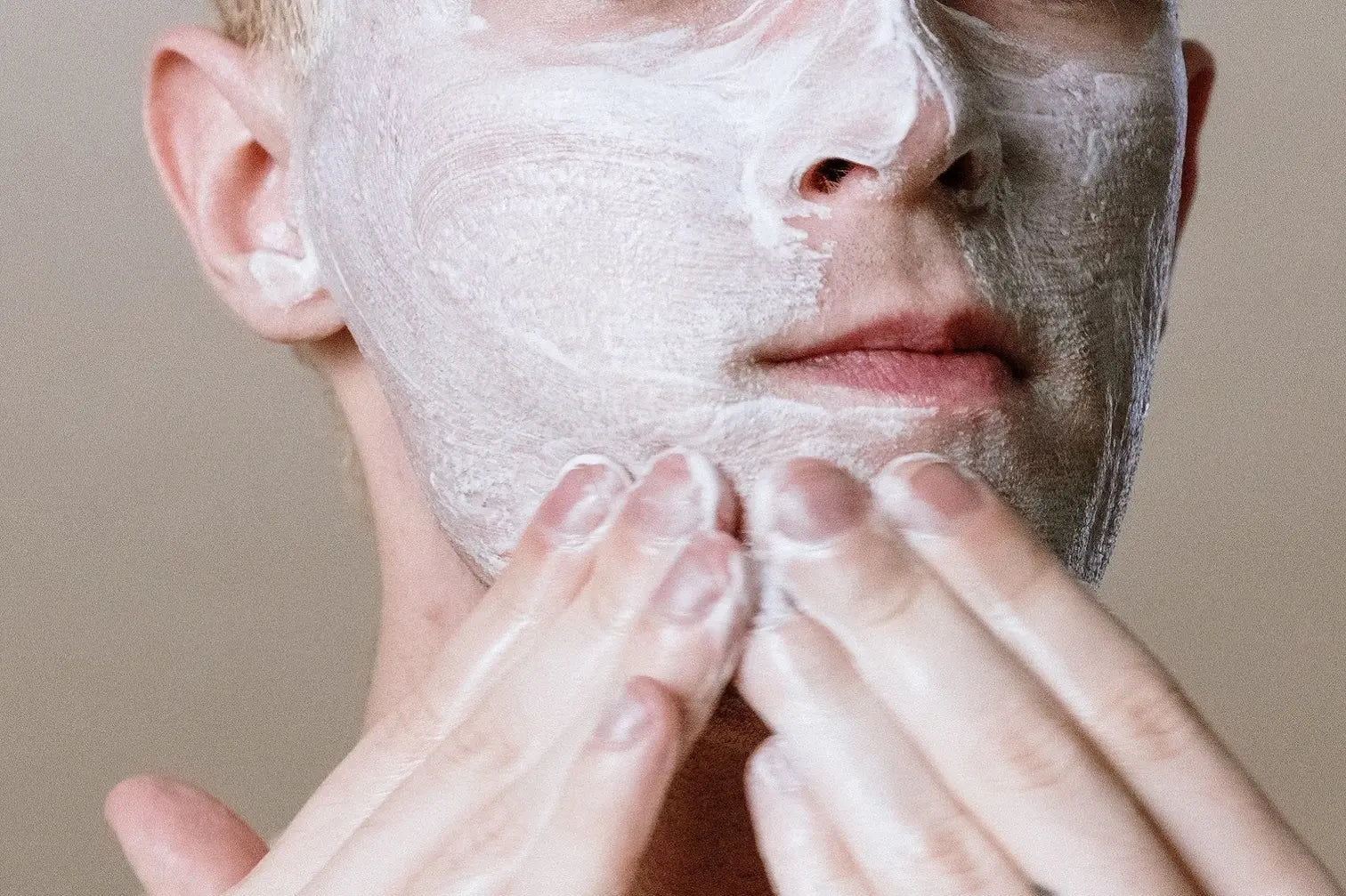What does it mean to exfoliate your skin?
What does it mean to exfoliate your skin?
Does the skin constantly renew itself?
Does the skin constantly renew itself?
What is exfoliation?
What is exfoliation?
Is exfoliation actually good for your skin?
- Allows newer cells to come to the surface.
- Improve the delivery and penetration of your skin care products.
- Boosts collagen production
Is exfoliation actually good for your skin?
- Allows newer cells to come to the surface.
- Improve the delivery and penetration of your skin care products.
- Boosts collagen production
What are the different types of exfoliation?
- Mechanical exfoliation
- Chemical exfoliation
- Glycolic acid
- Lactic Acidosis
- Malic acid
- Alpha-hydroxy acids (AHAs)
- Salicylic acid
- Beta-hydroxy hydroxy acid
What are the different types of exfoliation?
- Mechanical exfoliation
- Chemical exfoliation
- Glycolic acid
- Lactic Acidosis
- Malic acid
- Alpha-hydroxy acids (AHAs)
- Salicylic acid
- Beta-hydroxy hydroxy acid
How do you safely exfoliate your skin?
- Exfoliation sponge: Less abrasive than other methods, an exfoliation sponge can be used in the shower or bath while cleansing the skin.
- Exfoliating brush: An exfoliation brush’s bristles slough away dead skin cells on dry or wet skin. [3]
- Exfoliating scrub: Scrubs often come in the form of cleansers with small, gritty particles that remove dead skin cells through abrasion. Although effective, scrubs have a higher risk of irritating or injuring the skin, especially if used too frequently. [3]
- Alpha-hydroxy acids (AHAs): AHAs work by dissolving the bonds that hold dead skin cells onto other skin cells, allowing dead skin cells to fall away without harming healthy cells. [3]
- Beta-hydroxy acids (BHAs): Beta hydroxy and salicylic acid are the two most common examples of BHAs. These acids are ideal for blemish-prone or sensitive skin. [3]
How do you safely exfoliate your skin?
- Exfoliation sponge: Less abrasive than other methods, an exfoliation sponge can be used in the shower or bath while cleansing the skin.
- Exfoliating brush: An exfoliation brush’s bristles slough away dead skin cells on dry or wet skin. [3]
- Exfoliating scrub: Scrubs often come in the form of cleansers with small, gritty particles that remove dead skin cells through abrasion. Although effective, scrubs have a higher risk of irritating or injuring the skin, especially if used too frequently. [3]
- Alpha-hydroxy acids (AHAs): AHAs work by dissolving the bonds that hold dead skin cells onto other skin cells, allowing dead skin cells to fall away without harming healthy cells. [3]
- Beta-hydroxy acids (BHAs): Beta hydroxy and salicylic acid are the two most common examples of BHAs. These acids are ideal for blemish-prone or sensitive skin. [3]
How often should you exfoliate your skin?
How often should you exfoliate your skin?
What happens if you exfoliate too often?
- Dry skin
- Oily skin
- Peeling
- Redness
- Inflammation
- Rashes
- Increased sensitivity
What happens if you exfoliate too often?
- Dry skin
- Oily skin
- Peeling
- Redness
- Inflammation
- Rashes
- Increased sensitivity
Is exfoliation necessary for all skin types?
Is exfoliation necessary for all skin types?
Exfoliation and OS-01: A Powerful Combo
- Increasing skin’s epidermal thickness. [6,7]
- Aiding in cellular repair. [6,7]
- Boosting skin barrier function. [6,7,8]
Exfoliation and OS-01: A Powerful Combo
- Increasing skin’s epidermal thickness. [6,7]
- Aiding in cellular repair. [6,7]
- Boosting skin barrier function. [6,7,8]
- Exfoliation can boost skin health for most people, if done correctly.
- You can exfoliate through mechanical or chemical exfoliation, though mechanical exfoliation has a higher risk of damaging skin.
- Exfoliating excessively can injure skin cells and cause more harm than good—practice moderation.
- If you’re unsure, start by using a cleanser vs an exfoliator.
- Incorporating exfoliation into your skincare routine allows skin care ingredients, like OneSkin’s OS-01 peptide, to penetrate into deeper skin layers, thus ensuring an effective skin care regimen.
- Exfoliation can boost skin health for most people, if done correctly.
- You can exfoliate through mechanical or chemical exfoliation, though mechanical exfoliation has a higher risk of damaging skin.
- Exfoliating excessively can injure skin cells and cause more harm than good—practice moderation.
- If you’re unsure, start by using a cleanser vs an exfoliator.
- Incorporating exfoliation into your skincare routine allows skin care ingredients, like OneSkin’s OS-01 peptide, to penetrate into deeper skin layers, thus ensuring an effective skin care regimen.
- https://www.ncbi.nlm.nih.gov/books/NBK470464/
- https://www.aad.org/public/everyday-care/skin-care-secrets/routine/safely-exfoliate-at-home
- https://www.ncbi.nlm.nih.gov/pmc/articles/PMC5172479/
- https://www.medicalnewstoday.com/articles/320435
- https://www.ncbi.nlm.nih.gov/pmc/articles/PMC4720453/
- Based on data from clinical studies and/or lab studies conducted on human skin samples, 3D skin models, and skin cells in the OneSkin lab. Explore more at oneskin.co/claims
- https://www.nature.com/articles/s41514-023-00109-1
- https://onlinelibrary.wiley.com/doi/epdf/10.1111/jocd.16242
- https://www.ncbi.nlm.nih.gov/books/NBK470464/
- https://www.aad.org/public/everyday-care/skin-care-secrets/routine/safely-exfoliate-at-home
- https://www.ncbi.nlm.nih.gov/pmc/articles/PMC5172479/
- https://www.medicalnewstoday.com/articles/320435
- https://www.ncbi.nlm.nih.gov/pmc/articles/PMC4720453/
- Based on data from clinical studies and/or lab studies conducted on human skin samples, 3D skin models, and skin cells in the OneSkin lab. Explore more at oneskin.co/claims
- https://www.nature.com/articles/s41514-023-00109-1
- https://onlinelibrary.wiley.com/doi/epdf/10.1111/jocd.16242



